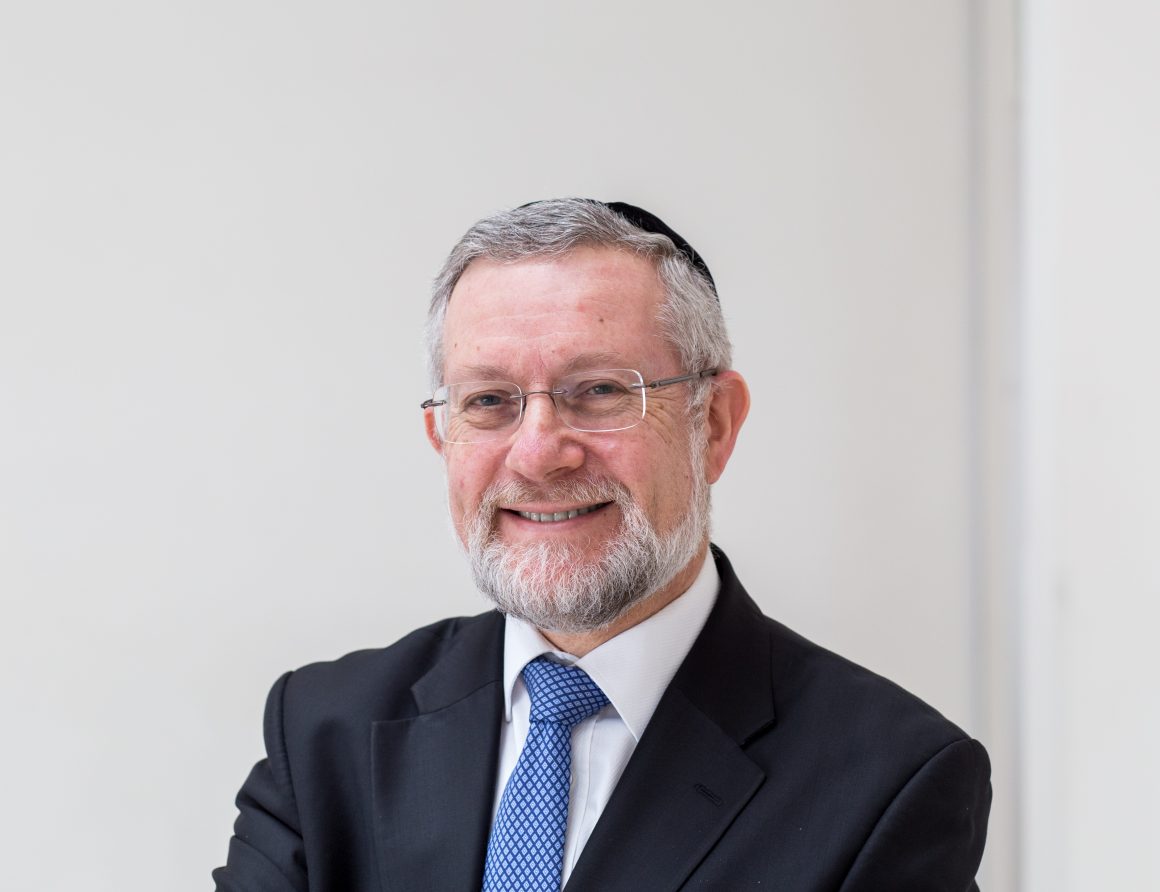ENTRY REQUIREMENTS
The Torah Reading from now till the end of Shemot, deals with the Mishkan or Tabernacle. Let’s make a tour of its essential features.
a) Outer Courtyard – Visualise a large open space 100 x 50 cubits (60m x 30m), enclosed by pillars, to which curtains are attached. You enter the Courtyard from the east. Ahead of you is the Altar for Sacrifices. Beyond that is the copper basin for the Kohanim to wash their hands and feet.
b) Tent of Meeting – Moving further west, we come to the Tent of Meeting or covered Tabernacle. Ten cubits in, we reach the Altar for Incense. A bit further on and the Table is to the right and the Menorah is to the left. Entry to this section is reserved for Kohanim. At the end of this section is the Parochet or partition which separates it from the Holy of Holies which lies beyond.
c) Holy of Holies – We arrive at the innermost chamber. Only the Kohen Gadol or High Priest enters here on Yom Kippur. The Holy of Holies contains the Ark, and the poles of the Ark extend right up to the side of the Parochet.
d) Ark – The Ark itself is made of wood, around which is a chest of gold, and inside which is a further chest of gold. The Ark contains the Aseret Hadibrot or Ten Commandments. On top of the Ark is the Kaporet or golden cover which is adorned by the two golden cherubim. G-d’s communication to Moses emanates from this place.
Some features of the modern synagogue recall the architecture of the Tabernacle. For example, the Ner Tamid or perpetual light above the Ark, reminds us of the central lamp of the Menorah, which was always burning. The Curtain in front of the Aron Hakodesh recalls the Parochet. Unlike the Tabernacle Ark, which was a chest, accessed from the top, our synagogue Ark is like a cupboard, accessed from the side.
The Bima of the synagogue where the service takes place and the Torah is read, suggests the main Altar in the Tabernacle.
One feature that is present in our modern synagogues is security. We need to ensure that those accessing our premises are doing so for the right reasons. It is interesting to note that the Tabernacle had security of a different kind: the cherubim. Rabbi David Fohrman points out the cherubim were not only above the Ark, but they were in two other places as well. The Parochet or curtain, separating off the Holy of Holies was adorned with woven cherubim. The coverings that covered the entire Tabernacle contained a layer that was also embroidered with cherubim. Thus, cherubim were there to challenge entry at deeper and deeper access points: Entering the Tabernacle, entering the Holy of Holies, and Ark itself. As we enter our synagogues today, we need to ask ourselves how well are we satisfying our spiritual entry requirements?


